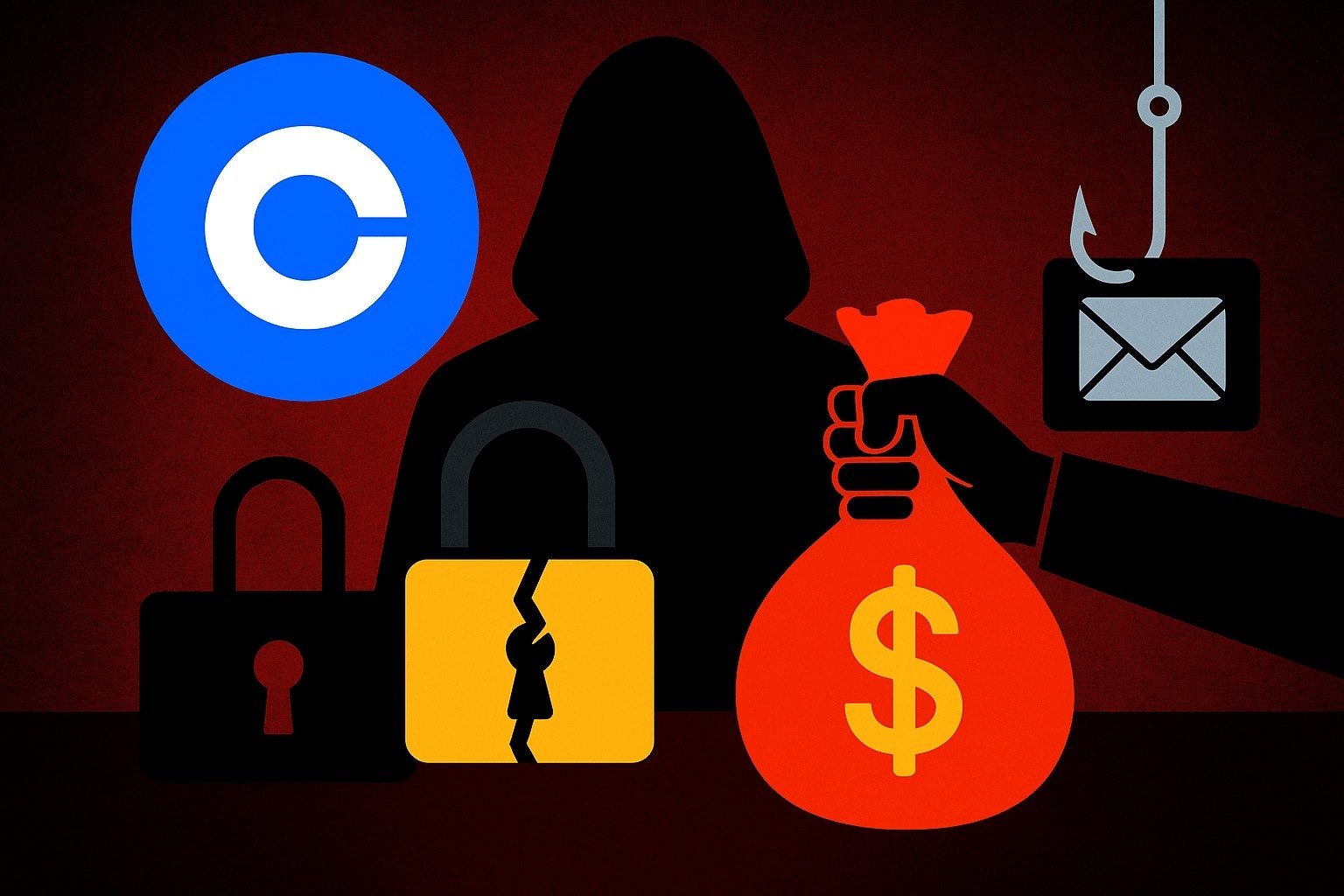Adidas Confirms Customer Contact Info Leaked in Third-Party Data Breach: What It Means for You
In yet another stark reminder of the ever-growing risk of third-party cybersecurity threats, German sportswear giant Adidas confirmed on Friday, May 23, 2025, that a recent data breach has compromised customer contact information through one of its external customer service providers. The news gained broader attention across global media by Sunday, May 25. While the company has reassured the public that no passwords or credit card data were exposed, the incident highlights a deeper concern in today’s connected digital ecosystem: the growing fragility of supply-chain security.
Let’s break down what happened, what kind of data might be at risk, and—most importantly—why this incident matters to everyday consumers, students, and professionals alike.
What Exactly Happened?
Adidas, a brand nearly synonymous with athletic lifestyle across the globe, revealed that cybercriminals were able to access customer data by exploiting a security flaw in a third-party customer service provider it relies on to handle consumer inquiries. While the company refrained from naming the vendor involved, it noted that the breach affected individuals who had previously contacted Adidas’s customer service team—potentially including those who sent emails, made calls, or submitted online forms.
This isn’t Adidas’s first brush with data trouble in recent weeks. Earlier in May, the company’s Korean division also faced a separate data breach, where names, email addresses, birth dates, phone numbers, and home addresses were reportedly stolen. While the current incident involves a different group of customers, security experts believe the type of data compromised could be similar.
So far, Adidas has not reported any financial information being leaked. However, the lack of such data should not lead to a false sense of relief. Personally identifiable information (PII)—even something as “basic” as your name and email—can be a goldmine for cybercriminals aiming to run phishing scams, commit identity theft, or infiltrate other platforms.
The Type of Data at Risk
Adidas hasn’t released a full list of the specific data types involved in this breach, but based on their Korea breach and industry best estimates, the stolen information may include:
- Full names
- Email addresses
- Phone numbers
- Mailing addresses
- Possibly birthdates
These types of data, while not directly tied to bank accounts or credit cards, still carry significant value on the black market. Hackers often use them to build profiles for social engineering attacks—deceitful methods where victims are tricked into revealing even more sensitive information, like login credentials or two-factor authentication codes.
The Human Side: Why This Breach Matters to Everyone
For General Consumers
If you're an Adidas customer, especially someone who’s contacted their support team in recent years, this breach means your personal data could now be in the hands of malicious actors. The consequences may not be immediate or obvious—but they can be severe.
Cybercriminals are growing increasingly sophisticated. They can send emails that appear to be from Adidas or another trusted company, urging you to “verify your account,” “reset your password,” or “confirm a shipment.” With access to real customer data, these phishing attempts become harder to detect—and more dangerous to fall for.
Key advice:
- Be cautious of unsolicited emails or calls asking for personal information.
- Do not click on suspicious links.
- Monitor your inbox and SMS for strange messages.
- Consider using a password manager and multi-factor authentication (MFA) on all your accounts.
For Students and Young Consumers
This breach is also an important case study for students, especially those studying cybersecurity, IT, or business. Adidas is no small fish—it’s a billion-dollar global brand with considerable resources. Yet, even it wasn’t immune to being caught off guard because of a third party.
For students who regularly shop online and interact with big brands, it’s a wake-up call about the importance of digital hygiene. Many tend to reuse passwords, ignore update prompts, or not think twice before clicking an email from a “brand” they trust. Incidents like this should remind younger internet users that your personal data is valuable, and it’s up to you to protect it as best you can.
For Employees and Corporations
The breach is a red flag not just for Adidas employees but for workers across all industries. Whether you’re a tech engineer, customer service rep, or HR executive, your company likely depends on a network of third-party vendors. Each of those vendors can be a potential weak link.
If you work in corporate IT or management, this is a reminder to:
- Re-evaluate your vendor vetting and contract policies.
- Ensure that third-party vendors comply with cybersecurity best practices (e.g., ISO 27001, SOC 2).
- Conduct regular penetration testing and data access audits.
- Establish strict data retention and deletion protocols.
Even if your internal security is robust, it only takes one careless partner to open the gates.
A Systemic Issue: The Rise of Third-Party Breach Risks
This Adidas incident is far from unique. According to the Verizon 2025 Data Breach Investigations Report, nearly 30% of all data breaches this year involved third parties—a staggering jump from just 15% in 2024. A separate survey by Mitratech noted that over 61% of companies experienced a third-party breach, three times the rate from 2021.
These statistics underscore a troubling trend: as businesses become more interconnected and outsource more functions—be it customer support, cloud storage, analytics, or marketing—their attack surface grows. You’re no longer just responsible for your own systems but also for the digital hygiene of every external party that has access to your data.
This type of vulnerability is referred to as "supply chain risk" in the cybersecurity world. It means the weakest link in your vendor ecosystem can cause serious harm—even if your internal systems are locked down tight.
Expert Views and Industry Reaction
Security professionals across the industry are not surprised by the Adidas breach—but they are concerned.
“In 2025, cybersecurity is no longer just about locking your front door. It’s about knowing who’s coming in through your windows, your basement, and even your chimney. Vendors are part of your house whether you like it or not.”
Sallee added that companies need to invest not just in tools but in processes, including regular audits of vendor security postures, real-time threat detection across all data access points, and better employee training to spot irregularities.
Adidas stated it “immediately took steps to contain the incident and launched a comprehensive investigation,” involving top cybersecurity experts to mitigate the damage. It has begun notifying affected users, though the timeline and method of communication weren’t fully disclosed.
Final Thoughts: Don’t Be Fooled by “No Credit Cards Stolen”
One of the most misleading reassurances companies tend to give after data breaches is: “Don’t worry—no financial information was exposed.” While that sounds comforting, it misses the point.
Credit cards can be canceled. Passwords can be reset. But your full name, birth date, address, and phone number? Those are often unchangeable.
When PII falls into the wrong hands, cybercriminals can use it to trick your family, steal your identity, or gain access to other online services you use. They might not act immediately—they may wait months or even years to strike when your guard is down.
What You Should Do If You Think You're Affected
Even if you haven’t received an official notification from Adidas yet, it’s smart to take action:
- Check your past interactions with Adidas. Did you reach out to their customer service in the past year or two?
- Watch for phishing emails or SMS messages claiming to be from Adidas.
- Set up credit monitoring if you’re especially concerned about identity theft.
- Use unique passwords for every service, and avoid reusing them across accounts.
- Report suspicious activity to local authorities or consumer protection agencies.













